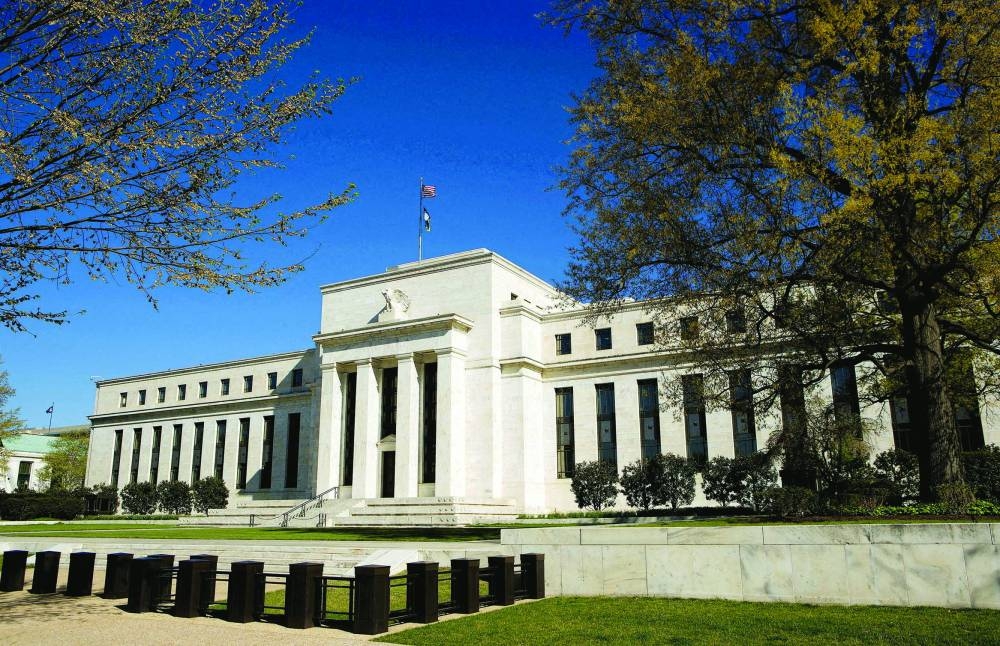The US economy grew at its slowest pace in nearly two years in the first quarter amid some moderation in consumer spending and a wider trade deficit, but an acceleration in inflation reinforced expectations that the Federal Reserve would not cut interest rates before September.
The cooler-than-expected growth reported by the Commerce Department in its snapshot of first-quarter gross domestic product on Thursday also reflected a slower pace of inventory accumulation by businesses and a downshift in government spending. Still, domestic demand remained solid, underpinned by business investment and a recovering housing market.
“This report comes in with mixed messages,” said Olu Sonola, head of economic research at Fitch. “If growth continues to slowly decelerate, but inflation strongly takes off again in the wrong direction, the expectation of a Fed interest rate cut in 2024 is starting to look increasingly more out of reach.”
Gross domestic product increased at a 1.6% annualised rate last quarter, the slowest pace since the second quarter of 2022, the Commerce Department’s Bureau of Economic Analysis said. Economists polled by Reuters had forecast GDP rising at a 2.4% rate, with estimates ranging from a 1.0% pace to a 3.1% rate.
The economy grew at a 3.4% rate in the fourth quarter. The first quarter growth’s pace was below what US central bank officials regard as the non-inflationary growth rate of 1.8%.
Price pressures heated up by the most in a year, with a measure of inflation in the economy increasing at a 3.1% rate after rising at a 1.9% pace in the October-December quarter.
The personal consumption expenditures (PCE) price index excluding food and energy surged at a 3.7% rate. That was the fastest rise in that measure in nearly a year and followed a 2.0% pace of increase in the fourth quarter.
The so-called core PCE price index is one of the inflation measures tracked by the Fed for its 2% target. Inflation was boosted by increases in the costs of services like insurance and housing, which offset a decline in goods prices such as motor vehicles and parts. The strong readings pose an upside risk to March PCE inflation data due to be released on Friday.
The Fed is expected to leave its policy rate unchanged in the 5.25%-5.50% range next week, having hiked it by 525 basis points since March of 2022. It has kept the benchmark overnight rate at this level since July.
Financial markets initially expected the first rate cut to come in March, which then got pushed back to June and now to September as data on the labour market and inflation continued to surprise on the upside this year.
Stocks on Wall Street were trading lower. The dollar rose against a basket of currencies. US Treasury yields rose.
A significant slowdown in the labour market is not evident as yet. The Labor Department’s weekly jobless claims report showed initial claims for unemployment benefits fell 5,000 to a seasonally adjusted 207,000 in the week ending April 20.
The number of people receiving benefits after an initial week of aid, a proxy for hiring, declined 15,000 to 1.781mn during the week ending April 13. The so-called continuing claims data covered the period during which the government surveyed households for April’s unemployment rate.
Continuing claims fell between the March and April survey periods, implying the unemployment rate was likely unchanged after dipping to 3.8% last month from 3.9% in February.
Low layoffs are keeping wages high, sustaining consumer spending, which accounts for more than two-thirds of economic activity. Consumer spending grew at a still-solid 2.5% rate, slowing from the 3.3% growth pace rate notched in the October-December quarter. Spending was driven by healthcare, financial services and insurance, which more than offset a decline in goods, including motor vehicles and gasoline.

The Federal Reserve building stands in Washington. The Fed is expected to leave its policy rate unchanged in the 5.25%-5.50% range next week, having hiked it by 525 basis points since March of 2022. It has kept the benchmark overnight rate at this level since July.
